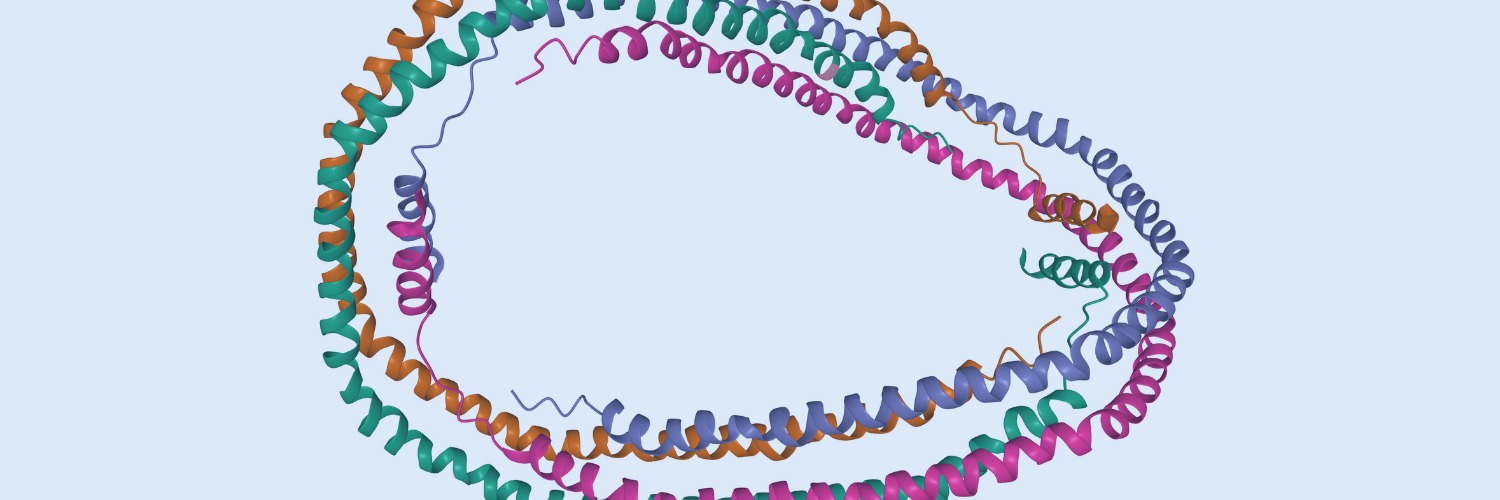The following is a summary of “Value of correctly diagnosing axial spondyloarthritis for patients and society,” published in the October 2023 issue of the Arthritis and Rheumatism by Webers et al.
The purpose of this study is to demonstrate the value of diagnosing axSpA by comparing the health and costs associated with available diagnostic algorithms and a precise diagnosis.
Using data from SPACE and other cohorts, a model was developed to estimate the health (quality-adjusted life years, QALYs) and costs (healthcare consumption and work productivity losses) of various diagnostic algorithms for axSpA in patients with low back pain referred to a rheumatologist over a 60-year horizon. The model incorporated a decision tree (diagnosis) and a state transition model (treatment).
Comparisons were made between the three algorithms ([BER, highest specificity], Modification 1 [M1; less stringent inflammatory back pain (IBP) criterion], and Modification 2 [M2; IBP not required as an entry criterion, highest sensitivity]). Changes in sensitivity and specificity were investigated, as was the value of a precise diagnosis. Considering a societal perspective, up to 4.7 QALYs and €60,000 could be gained or saved per correctly diagnosed axSpA patient. Compared to BER (23.96 QALYs; €159,423) and M1 (24.15 QALYs; €158,417), Algorithm M2 resulted in improved health and lower costs per patient (24.23 QALYs; €157,469).
Hypothetical increases in M2 sensitivity were marginally more valuable than increases in specificity. An accurate diagnosis can cost €7,500 per patient while providing sufficient value. Correctly diagnosing axSpA yields significant health and cost benefits for patients and society. Not requiring IBP as mandatory for diagnosing axSpA (algorithm M2) provides more value and is preferred. A significantly more expensive diagnostic algorithm with greater precision than M2 would still be regarded as excellent value.
Source: sciencedirect.com/science/article/pii/S0049017223000847



















